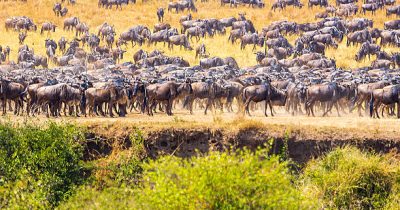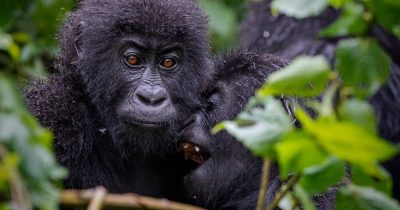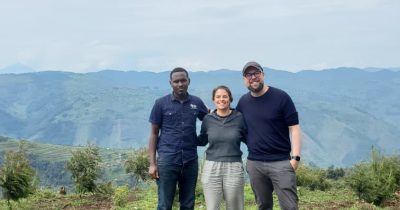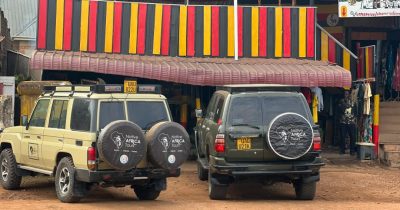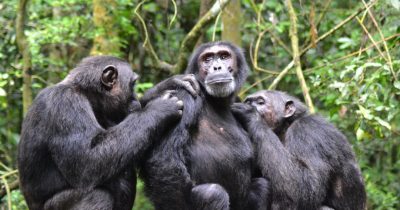What is the best time to Visit Rwanda?
What is the best time to visit Rwanda for a tour or safari? Popular for its stunning landscapes, stylish Capital City, warm and friendly people, rich cultures and gastronomic scene, Luxurious, and World-famous Safari Lodges, Rwanda can justifiably claim to be an attractive year-round safari destination. Each season provides its exceptional charm and activities, making it crucial to choose the best time to visit based on your interests.
One important fact you need to know is that naturally, Rwanda is a southern hemisphere destination, and because of this, the seasons are reversed to yours back home. For this reason, when it is summer back home, it is the opposite in Rwanda. Nonetheless, whichever activity you wish to undertake can be enjoyed in the “not-so-good” season, although the experiences will differ.
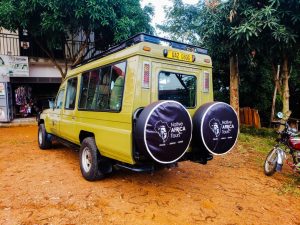
The beauty of Rwanda is inborn
From trekking mountain gorillas and chimpanzees in the forest-dominated Protected Areas, wildlife viewing in the country’s only savannah National Park, to enjoying bird watching, to help you out we have put together a guide to visiting Rwanda in the dry and wet seasons. Rwanda, the land of a thousand hills has long been one of Africa’s most popular safari destinations.
Offering breathtaking mountain scenery and a wealth of adventurous outdoor activities, the land of a thousand hills offers endless activities. From hiking the Virunga Volcanoes in the dry season to bird watching in the wet season. Well known for its mountain gorillas and vast tea estates, this country is therefore a great place to meet face-to-face with the Giant Apes and then relax with a cup of hot tea or indulge in a tea processing tour. Here’s our rundown of the best time to visit Rwanda.
Which season is best to visit Rwanda?
Visiting Rwanda in the Dry season (late June to September, December to February)
The Dry season is undeniably a great time of the year to travel and a perfect time to visit Rwanda. This is the high season, the busiest period of the year when most travelers arrive in Rwanda, as they wish to relish the idyllic warm weather, trek the primates (mountain gorillas, golden monkeys, and chimpanzees), hike the Virunga Volcanoes, and undertake game viewing in the country’s only savannah National Park.
In the dry season, afternoon temperatures rise to 27 degrees Celsius, although it is a little bit colder in the country’s mountainous regions. Primate treks (mountain gorillas, chimpanzees, and golden monkeys) are generally considered to be the best in the dry season when forest trails are less muddy or slippery, and vegetation is sparser hence making it easier to navigate the forest while searching for these primates. Interestingly, game viewing is also wonderful during dry months as the sparse vegetation, as well as diminishing availability of water means wildlife is often drawn out into the open. For this reason, any remaining waterholes are likely to be teeming with wildlife.
Best time for mountain climbing
Additionally, the dry season is widely regarded as the best time for a mountain climbing adventure. Rwanda is home to five of the eight Virunga Volcanoes, although the most popularly hiked are two- Bisoke and Karisimbi. During the dry season, Rwanda’s weather begins to warm up, and the harsh wet season conditions such as cold temperatures, and muddy and slippery trails begin to subside. Remember that rain is infrequent and temperatures are warmer hence making hikes more popular. Therefore, this is a wonderful time to meet fellow hikers who are making attempts at the summits of the different Volcanoes.
However, thanks to the favorable conditions, Rwanda is more popular and busier during the dry season. This makes it the peak/high season when demand for permits (gorilla, golden monkey, and chimpanzee) is high, and rooms in some Safari Lodges are sold out on some days. Additionally, room rates are higher than they are in the low season.
Visiting Rwanda in the wet season (March, April, May, October, and November)
The wet season is not a “bad season” to visit Rwanda but is rather still a wonderful time to explore the beauty of the land of a thousand Hills. Yes, the vegetation is denser due to rainfall but the Park Parks are verdant and beautiful with lots of migratory birds as well as wildlife babies. This makes the wet season a perfect time for bird watching and the dawn game viewing tours are far warmer.
Additionally, the wet months bring wildflower blooms, and flowering trees hence creating a perfect backdrop for photography. Interestingly, if you are looking to do primate treks and volcano climbing when there are fewer people, then consider visiting Rwanda in the wet season.
However, be prepared to contend with some difficult situations that include forest trails being muddy and slippery which make it challenging to navigate through the forest trails. Ascending to the highest peaks of Virunga Volcanoes is more challenging during these months as rains bring about muddy and slippery trails, reduced visibility, and colder temperatures thus creating additional difficulties.
Are you mindful of budget and crowds when exploring Rwanda? Then you will consider Rwanda during the wet season. Due to our diverse experience in organizing Rwanda safaris, we can agree that balancing your desired experiences with budget and crowd consideration is required when deciding on the best time to visit Rwanda.
Peak tourist seasons especially the dry season usually correspond with higher rates as well as increased visitor numbers. Therefore, if you are looking for more reasonable rates and calmer surroundings, you will consider visiting the land of a thousand hills during the low/wet season, while bearing in mind the trade-offs in weather, difficulty along forest trails, and wildlife sightings.
What to pack for a Rwanda Safari? Rwanda Safari packing list
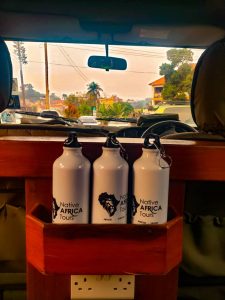
Would you like to know the ultimate packing guide for a memorable safari to Rwanda? Read on.
Many travelers struggle to find a really helpful list, which shouldn’t be the same case with you because we have pieced together a list for your Rwanda safari, regardless of the time you choose to visit.
You will need pairs of lightweight, quick-drying safari pants in neutral colors. The number depends on the number of days you are visiting the country but it is also advisable to avoid overpacking.
Also, pack long-sleeved, quick-dry, and moisture-wicking blouses/shirts/tops. Again, remember to always pack light.
You will need a good insect repellant for protection from mosquitoes and bugs while on your Rwanda safari.
A lightweight rain jacket is handy for providing some warmth and protection during sudden rain showers. Rains are common in the afternoons while trekking primates, climbing the Volcanoes, or just any activity during your Rwanda safari.
You will need a good camera with extra memory space for keeping memories of your unforgettable Rwanda safari. Make sure to carry a charger or extra batteries so that you don’t suffer a camera black-out while capturing beautiful moments during your trip.
More to pack
A safari hat and sunglasses will protect you against the scorching sunshine, especially during the dry season.
Essential toiletries and accessories during Rwanda safaris include a hair comb/brush, a toothbrush and toothpaste, deodorant, hand and body lotion, and many others are important during Rwanda safaris.
Sturdy hiking boots with enough grip and ankle support are essential for undertaking on-foot activities such as gorilla trekking, chimpanzee tracking, golden monkey tracking, volcano climbing, birding, and guided forest walks.
Conclusively, Rwanda has two seasons but is an all-year-round safari destination. Each season provides an extraordinary charm and experience, hence making it crucial to choose the best time to visit based on your interests.

